In the first of a regular series of international and reports, the international recycling expert Jeff Cooper, looks at Sweden's recycling and recovery methods. Mr Cooper is a past-president of the Chartered Institution of Wastes Management and also chairs the scientific and technical commitee of the International Solid Waste Association. In the UK he holds a senior post with the Environment Agency.
HEM (Halmstad Energi och Miljo AB) is the municipally owned company responsible for the provision of heat and waste management services within Halmstad and for a number of smaller surrounding communities. Halmstad is located on the west coast of Sweden, 2 hours' drive north of Malmo and an hour south of Gothenburg. Halmstad has a population of 80,000 but this doubles in the summer months with both summer house owners and holiday visitors coming into the town to benefit from its fine beaches and sailing facilities.
In common with other Swedish municipalities Halmstad provides incentives for households to reduce the amount of waste they present to HEM for treatment and disposal. Each household is charged SEK575 (£50) for all basic waste management services including the provision of vehicles, residual waste containers, recycling centres and the household hazardous waste collection service.
Variable charge
In addition, there is a variable charge for each household of SEK230-575 depending on two factors: the size of the residual bin supplied by HEM and the frequency of collection. There is no door to door collection of recyclable wastes in Halmstad, households are expected to take their packaging wastes and newspapers to the recycling centres provided by the packaging and newspaper producer compliance systems.
HEM's Kristinehedsverken incineration plant has an annual throughput of 180,000 tpa, of which half comes from households and the rest from commercial and industrial sources. Halmstad generates 40,000 tpa of both the household waste and the C&I waste. Therefore more waste comes into the plant from outside the town, transported up to 100km. It is estimated that 75% of the waste is from renewable sources and therefore that proportion qualifies as a biofuel.
The incineration plant has two original furnaces dating from the early 1970s with a combined maximum capacity of 80,000 tpa and which from 1984 formed the basis of Halmstad district heating grid, while the third line of 120,000 tpa capacity has only just been constructed and is a CHP facility costing €60m and received state support because of its 10 MW of electricity generation. The plant supplies about 80% of the district heating for Halmstad and most of the rest, predominantly at the peak for the heat load comes from two wood fuelled stations.
Sweden introduced a tax on incineration in 2005 and this was differentiated to encourage the generation of electricity so that the tax rate for electricity only is SEK70 per tonne and for energy only SEK400 per tonne. While this appears perverse to British readers for Sweden it is the need to ensure the security of supply for electricity which is the most important reason for the differential.
Envac development
Halmstad has one of the vacuum waste collection systems built into urban developments by Envac, a company based in Stockholm. Although the Halmstad facility is small, 1,500 units at present, it is likely to be expanded as more residential developments are built in the centre of Halmstad. The pneumatic system is monitored and controlled remotely from several hundred kilometres away and the pumping unit located in former goods sorting land next to the railway line. An anonymous looking building provides this service packing the waste sucked through 40cm pipes into a 15 tonne container, usually emptied twice weekly and transported to the incineration plant. Although HEM's head office is located within easy connection distance of the vacuum collection facility it is not connected.
The system is nevertheless interesting in that it has a pneumatic connection for litter bins sited along the south bank of the River Nissan, which runs through the middle of the Halmstad. These are emptied periodically when one of the bins becomes full. Unfortunately there is one particular litter bin at the end of the run which is more heavily used than all the others because it is located next to an open space popular in the summer for barbeques and picnics by students and workers and this therefore means that all the other litter bins are also emptied.
While the cost of fitting these facilities into buildings or near to blocks of flats is obviously most cost-effective when the sites are under construction occasionally they are retro-fitted, when an area used for storage of waste could be sold or leased for a higher value. One property owner with a potential to turn a waste storage room into a shop premise is therefore currently examining this option.
Recycling centres
HEM's latest recycling centre is a purpose built facility on the outskirts of the town in an area dedicated to industrial development and was opened in May 2007. It is the first large purpose-built recycling centre to be built in Halmstad but is due to be followed by a further facility in January 2009. This latter site will replace the existing large site located next to the HEM incineration plant and a smaller one closer to the replacement site. The incinerator recycling centre is being replaced because it is not up to modern standards in that the public and transport vehicles for the waste are not segregated and in the two new sites there is separation of vehicles in order to improve public safety.
The large recycling centres are open for 10 hours a day seven days a week but the 5 smaller centres are open only for a few hours on two days a week. The new centre is protected by an electrified fence in order to keep people out when the centre is shut. The attraction for the trespassers is mainly the large amounts of WEEE, 20-30% of which is still functional and can be sold on but equally spares and scrap value are inducements to theft. So far the electrified fence and the linked security call-out system has kept trespassers at bay so that HEM has not had to resort to the policy adopted in its other recycling centres of cutting the cables and when this proved insufficient to deter the WEEE people they then resorted to spray painting the WEEE.
The new recycling centre has capacity for the segregation of at least 20 different types of waste for recovery or recycling. At the centre of the site is an area for the recovery of packaging and newspapers, both covered by producer responsibility initiatives and its collection is in the hands of the producers. Because the sites for recovery of these wastes are public sites there is often confusion as to whose responsibility the clearance of the site is. On the whole municipalities would prefer to have collection under their control and to recharge the producers. However, despite several government reviews of the position there has been no change, mainly because the producers argue that their costs would increase if they were no longer to dictate the terms for collection of waste, often undertaken by municipalities as sub-contractors.
The site caters for all types of WEEE, HHW, tyres which are also covered by another producer responsibility initiative, gypsum, small combustible items, larger combustible items which require shredding before being put into the incinerator, as well as the other waste streams which one would expect to see in the UK.
Ragn Sells
The Ragn Sells plant on the southern outskirts of Halmstad has a 25,000 tpa throughput recycling a range of hazardous waste, including: waste sump oil, oil filters, paint and paint containers. After treatment the more intractable residues are sent to treatment plants in other parts of Sweden, including the HEM incinerator and the SAKAB hazardous waste incineration plant, currently owned by the German energy giant Eon.
We were shown round the plant by Robert Fearn, originally from the UK but a naturalised Swede after 28 years. The plant employs 30-35 people and there are about 3,000 people in the Ragn Sells group which also includes operations in Estonia, Norway and Denmark.
The oil filter treatment facility was developed with the aid of EU Life funding. The plant which was constructed now handles about 85/90% of all the used engine oil filters from throughout Sweden. As with many of the waste streams, most are delivered either using Ragn Sells own fleet of vehicles but increasingly the waste is delivered by DHL, the logistics company.
The oil filters are placed in a hopper and then conveyed into a shredder and then a granulator, which produces metal pieces of less than 30mm diameter. The objective was to have less than 0.05% oil on the metal and while this level of decontamination has not been reached the metal is accepted for re-melting without further treatment. The paper and other materials are separated for incineration and the oil processed for fuel.
The other main treatment facility is a cryogenic paint container recycling facility where the metal containers, including those which have previously held used sump oil, are put into a nitrogen bath (-190oC). The paint then becomes solid and brittle. Subsequent granulation and use of a vibrating screen separates the paint residues from the metal. The paint takes about two weeks to become liquid again and is sent off site for treatment and the metal is sent to be recycled.
Because the treatment plant is very expensive to run a new pre-treatment facility is being set up so that some shredding is undertaken before the cryogenic treatment. Fortunately the high metal prices of recent years has kept the plant viable but now with prices going down the fees for the waste coming in would need to be increased unless the pre-treatment facility works effectively.
Ragn Sells collects the household hazardous waste from the main recycling centres operated by HEM twice a week and this is sorted and then either processed on site or bulked up where possible for treatment elsewhere.
Stena Metal Recovery and Refrigerator Treatment
The Halmstad Stena metal shredder is located next to the Ragn Sells facility and of the 4 plants that Stena has in Sweden the Halmstad plant has one of the 2 larger shredders used by Stena in these plants.
On the site there is a plant for the recovery of materials and hazardous wastes from refrigerators and freezers. In 2007 340,000 units were processed and Stena has recently also taken over three fridge treatment plants in Germany. In Sweden pentane fridges are sent for processing through the normal shredder after the fluids have been removed.
The rise in secondary raw material prices has also allowed Stena to introduce new processes to reclaim a greater proportion of the wastes passing through the site. Plastics from the fridge treatment plant are now further processed to separate the different polymers using heavy media processing and thus increasing the value of the different polymers. Also more of the non-ferrous metals are being extracted from plastic rich waste streams using an inclined float table.
To see the second part of this article, please visit Recycling and recovery in Sweden: part two





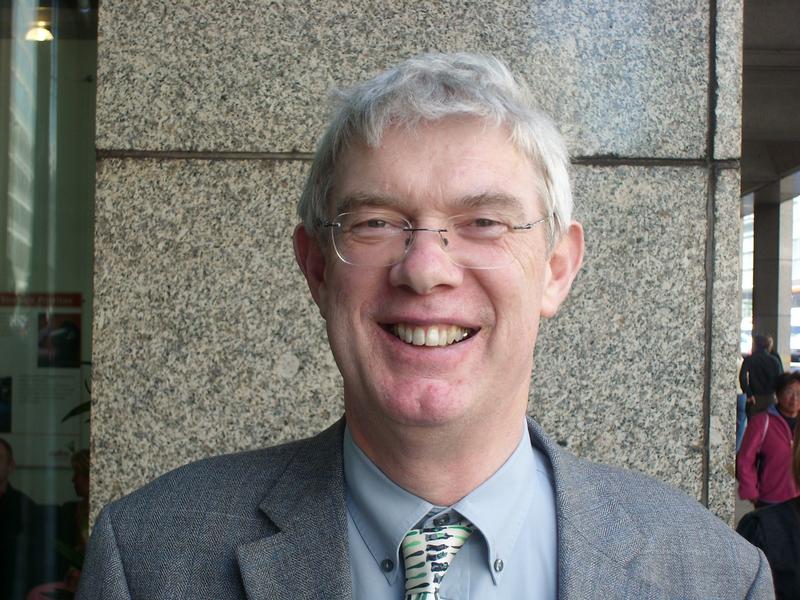
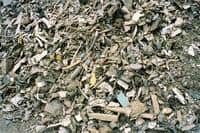
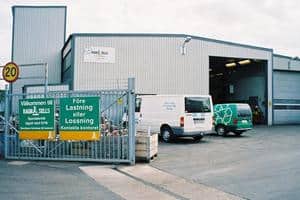
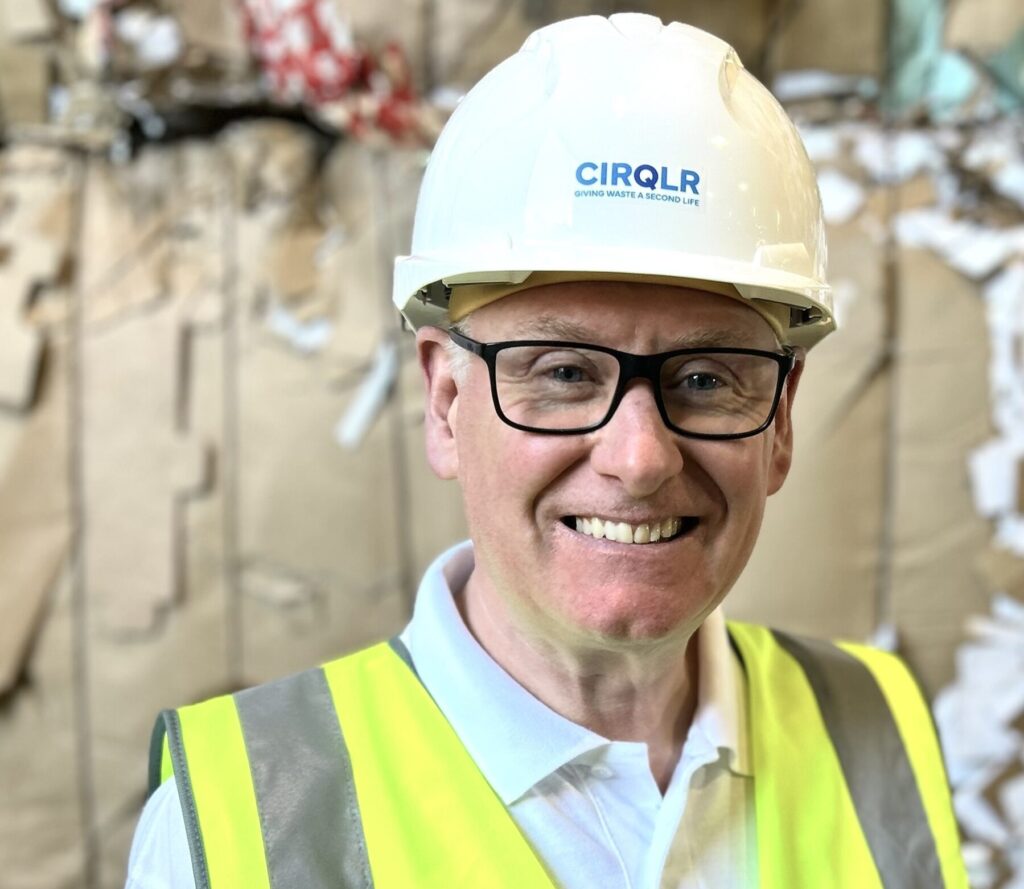

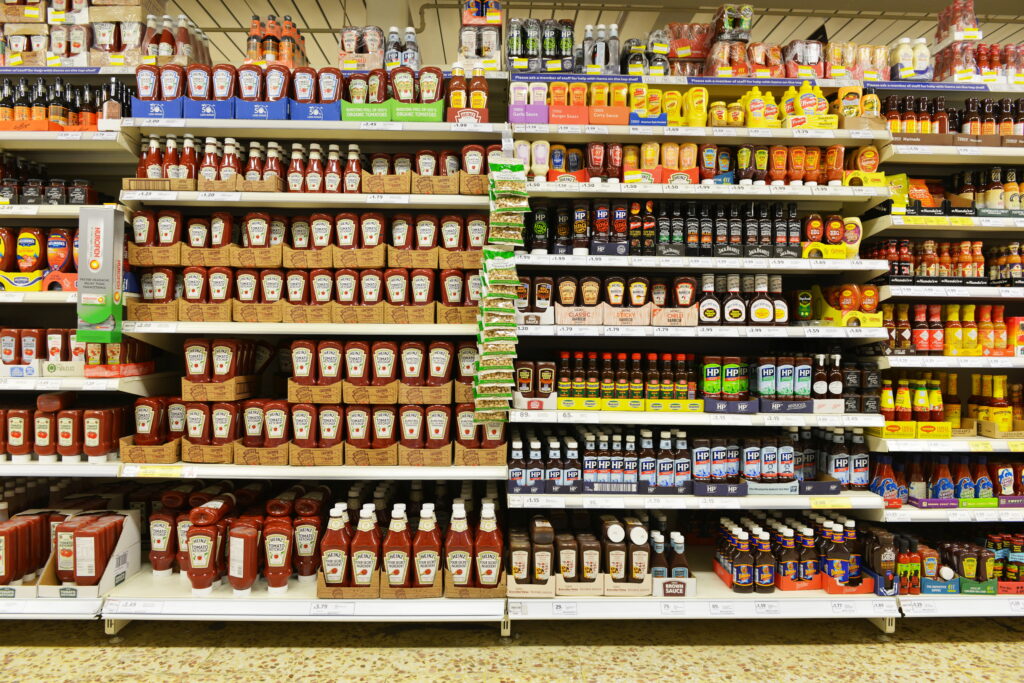
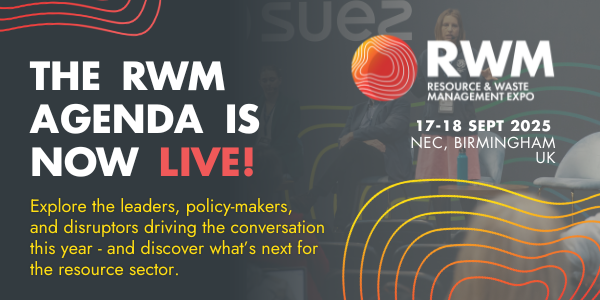
Subscribe for free